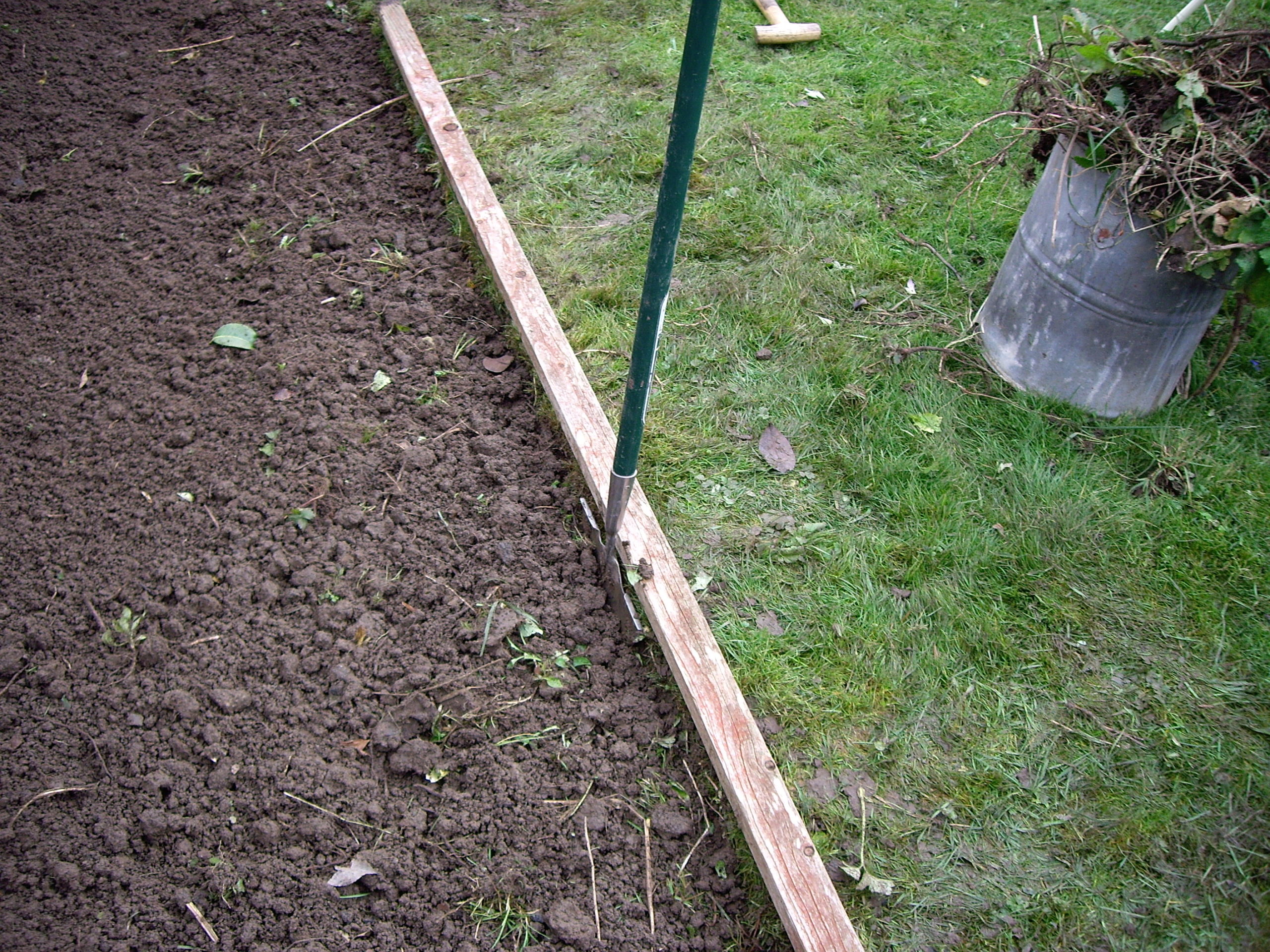
Aerating your Lawn and Lawn Edging over the Winter Season
“What are you talking about! Winter Grass Care?” I hear you cry. “Shouldn’t I leave my lawn alone when we’re in the cold season?”
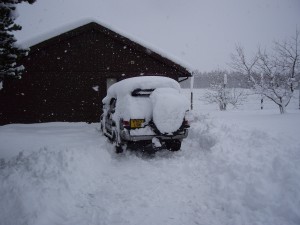
This is a 2-part article dealing with the common questions around winter lawn maintenance, a subject that normally produces responses similar to the one above. This is the second article of the series, featuring:
- Why lawn aeration is particularly importing in the winter months
- The long term jobs, such as lawn edging, which you can complete over the winter season
Article one is worth reading first as it includes an introduction to winter grass care and why it’s required, but also covers:
- why it’s important to change how you mow your lawn over winter to give your grass the best chance
- Why winter grass conditions mean you shouldn’t use fertiliser
- How common lawn supplements, great for a winter grass care regime, can also help you control the growth of moss in your lawn.
Aerating Your Lawn Over Winter
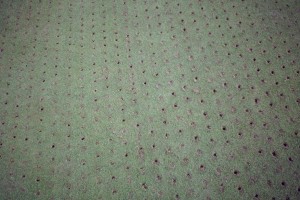
The Winter is a very good time to alleviate compaction and drainage problems by aerating the lawn. On a small to medium sized lawn the ideal method is to use a garden fork to aerate the soil, inserting it into the surface as deep as it will go vertically, then easing the handle backwards a little before withdrawing the fork. This should be repeated at a spacing roughly equal to the width of the fork tines, giving a square pattern. On larger lawns there are powered aeration machines available to hire or buy which do an excellent job, but not in my opinion as well as the fork.
Making these holes has the added benefit of allowing frost to get right into the ground which helps to break up compaction. Any paricularly damp or hard areas should be targetted for repeat forking over the Winter, and if the problem is not alleviated then some proper drainage will have to be considered in the long term.
Lawn Edging as a Winter Task
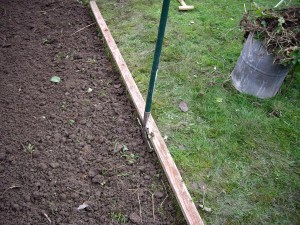
Another job that can be carried out in the Winter is that of edging the lawn. A half moon lawn edger is the ideal tool for this operation, but a straight edged spade will do as well. To get good straight lines always use a board to cut against, as string is very easy to move and is not as reliable. The half moon or spade should be sharp to make sure of a good clean edge. If the edges of the lawn are curved then it`s down to practicing your skills with the half moon to make sure the edge looks good.
I will be doing a series of short video demonstrations on the various aspects of lawncare and the use of lawncare machinery and tools, so look out for that shortly. These will appear in a special video area of the site as soon as we have a little good winter weather. I’ll rely on some crisp blue winter skies for this so, being a Scottish resident, it could take a few weeks, but I’ll have this resource up as soon as I can.
Let me Know Winter Months Lawn Care Regime
If you have any lawn care jobs you like to get done over the winter, please do let me know. You can get it touch really easily by writing me a comment on this post, just by filling in the comment box below. I’d love to hear from you and find out what others do in the cold months to keep their gardening cravings at bay.
Also, if you would like any other advice on winter lawn maintenance, mowing your lawn in winter, keeping your moss under control or anything else I’ve talked about in these articles, please do get in touch on our contact page. I look forward to hearing from you!
Duncan


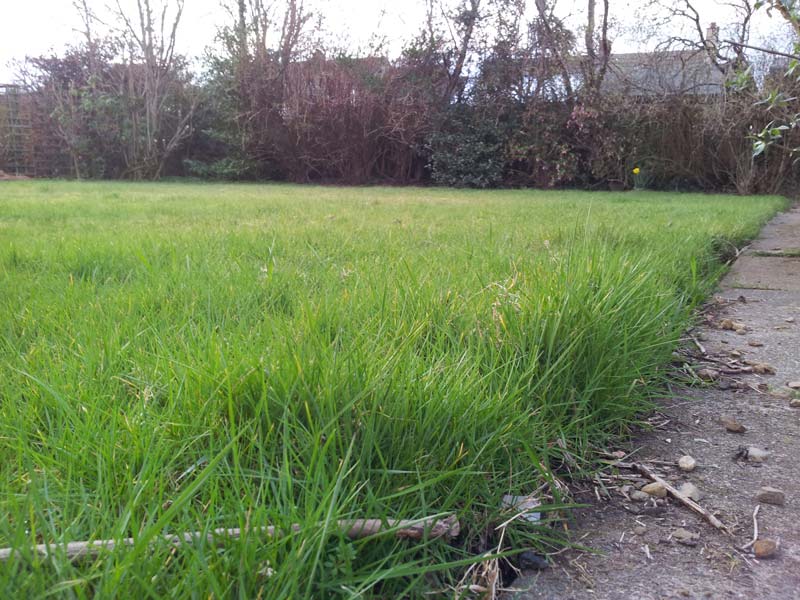
A nice article explaining the benefits of Winter Aeration. I agree it’s a great winter treatment. I’m not sure about using a fork on medium sized lawns though … it can be extremely hard work on compacted ground and takes a very long time. In my opinion, a Hollow-tine aeration machine does a much better job than solid-tine (or forking) as part of the soil is actually removed, alleviating compaction physically rather than just pushing it further down into the ground.
It’s all beneficial though!
Kris
Hi Chris, thanks for your comments. My reasoning on this is that most folk havn’t got access to machinery, and even if they have its fairly expensive to hire. Also, in my experience as a greenkeeper hollow coring is not as effective because its fairly shallow and can lead to a soft wet surface if drainage underneath isn`t great. Forking is hard work but when done properly, ie -heaving a little once the fork is fully in to the soil, it breaks up compaction very effectively. I hope this explains why i`ve suggested forking.
Hi, I have a large lawn and aerate over a couple of weeks using a good garden fork.
Over these cold wet days, should I add sharp sand to aid drainage.
Many thanks Tony.
Hi Tony, thanks for getting in touch.
Aeration is always of great benefit, so I am glad to hear you are putting in the effort. Sharp sand, as long as it is clean, by that i mean it has not got a lot of silt or clay particles, will help the drainage a lot. Make sure you get as much into the holes as possible by using a stiff yard broom or a birch besom to brush it in to the sward.
An application of lawn sand at this time would also be of benefit to harden the grass and control moss.
Regards, Duncan.
Hi, I read your article above about your time as a green keeper, what would your advice be regarding hollow tine on greens that have suffered the exceptional wet weather that we have had this winter, and are still getting, is it wise to hollow tine while these conditions prevail. regards John
Hi John, thanks for getting in touch. I am not an advocate of hollow tining at any time as I have always found that it leaves the surface very soft and prone to foot damage, and even worse encourages annual meadow grass invasion. In wet conditions hollow coring can lead to the surface being even more saturated by allowing the water to sit in the holes. It would only help if getting through the thatch into a very free draining root zone, something most hollow corers do not do.
I have always found verti draining allied to regular slit tining to be much more effective, as this increases root growth dramatically by providing air access and root pruning, and allows excess water to drain through effectively.
The slit tining is best carried out at varying depths over the seasons to avoid any pan forming, and over the Summer chisel and/or mini solid tines are best to keep the surface open with no danger of slits opening up during drought periods.
I hope this helps you. Please get back to me with any further questions.
Duncan.